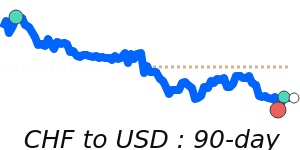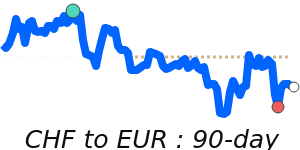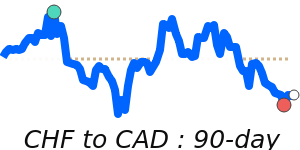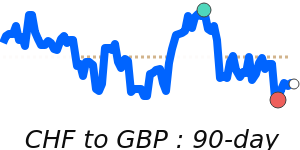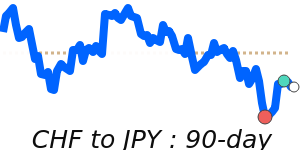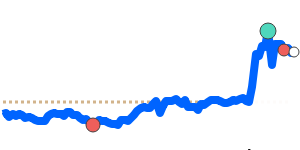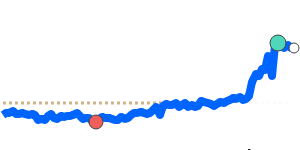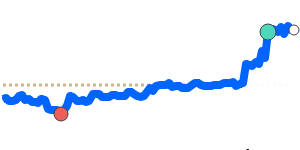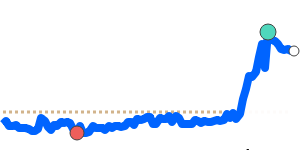The Swiss franc (CHF) is experiencing notable shifts in response to recent geopolitical and economic developments. A significant adjustment in U.S. tariffs on Swiss goods, decreased from 39% to 15%, is anticipated to positively impact Switzerland's economy. Analysts estimate this could lead to annual savings of around $6 billion, potentially buoying confidence in the CHF.
Despite this tariff relief, the Swiss National Bank (SNB) has decided to maintain its policy interest rate at 0%, with expectations to do so through 2026, even amidst a drop in inflation to 0%. Experts suggest that this stable approach is essential, as a recession-triggered return to negative rates may not be warranted according to current economic indicators.
UBS has revised its forecasts downwards for the CHF, citing the strong fundamentals of the currency amid persistent global uncertainties. The new forecast for the EUR/CHF exchange rate is anticipated at 0.93 in September and 0.94 through June 2026, indicating a slight bearish sentiment compared to previous expectations.
Compounding these challenges, the SNB reported significant financial losses of CHF 15.3 billion for the first half of 2025, driven primarily by a loss on foreign currency positions. This underscores the complexities the bank faces in maintaining currency stability amidst fluctuating global markets.
Currently, the CHF to USD is near 1.2593, reflecting a slight increase of 0.7% above its three-month average. The CHF to EUR is at 1.0742, also near its three-month average, while the CHF to GBP remains stable at 0.9408. Notably, the CHF to JPY has seen more volatility, trading at 195.9, which is 2.4% above its three-month average, indicating cautious optimism among traders. These movements suggest that while uncertainties persist, the current economic adjustments could bring about a beneficial stabilization for the Swiss franc in the near future.
